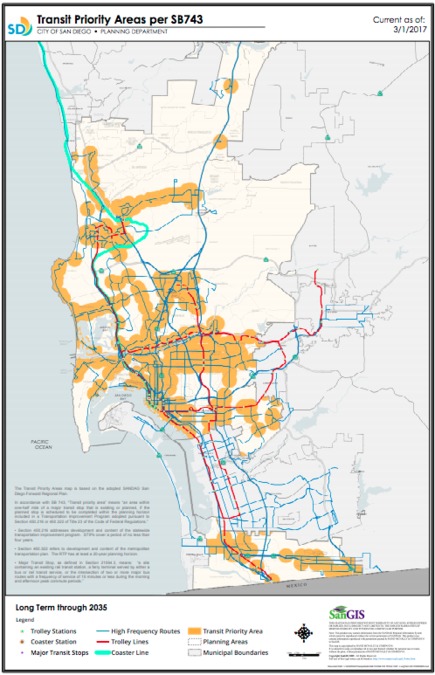SAN DIEGO (KGTV) - The San Diego City Council approved dozens of regulation changes Tuesday that Mayor Kevin Faulconer says will increase the supply of housing while lowering development cost.
The plan aims to create more homes, lower development costs and promote smart growth.
The approval includes changes to the Affordable Housing Density Bonus program, which means developers will be able to build more units in the allotted space.
The council also approved Faulconer’s 46 recommended updates to the land development code including easing zoning regulations to create more live/work developments, implementing parking exemptions for designated historic structures and changing ground floor height limits to allow for three-story buildings in 30-feet high limits.
Some proposed changes to the Density Bonus Program include:
- Offering 10 percent density bonus for projects not going beyond maximum permitted building footprint.
- Allowing developers to be eligible for an incentive or a waiver even if they don't request a density bonus.
Parking and affordable housing
In some cases, the plan would allow developers to eliminate or reduce parking spaces in their building permit. The trade-off? The lack of parking could mean lower housing costs.
Local architect Jonathan Segal said he asked the city to develop a property in Little Italy without providing parking spaces over a year ago.
He said the city declined, forcing him to add 11 spaces, driving up the cost of construction and rent for his micro-apartments.
Had this plan been in place a year ago, Segal said he would have save approximately $100,000 on his project.
Segal thinks the mayor's proposal is a good start but said the plan isn't perfect. He believes the city should focus on making it easier for builders to get permits and inspections approved.
The city also released a map of areas withing half a mile of public transportation. Below is a list of transit priority areas in the City of San Diego:

In North Park, residents are torn. Some think the plan would be good to lower rent costs, but others feel the parking part of the proposal would create a traffic nightmare.
Others think the plan would create a change that would force people to ditch their cars and use different forms of transportation.
Other changes include a 10 percent density bonus for projects not going beyond the maximum building footprint and allowing a 100 percent density bonus for micro-unit developments that don’t go beyond the permitted building footprint.
Mark Goldman, a real estate lecturer at SDSU said smaller units are growing in popularity.
“Micro units are a growing trend for millennials. Millennials also do not need as much parking. I believe we will see more multifamily development with lower parking ratios in areas served by public transit and high walk scores. This trend is already underway in San Diego. Consider Little Italy,” said Goldman.



